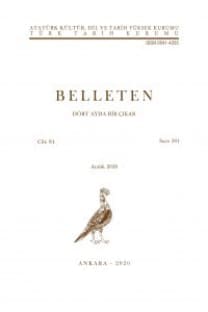Templier ve Hospitalier Şövalye Tarikatlarının Kuruluşu
Birinci Haçlı Seferi sonunda, 1099 yılında kurulmuş olan Kudüs Haçlı Krallığı’nın askerî savunmasında krallığın gücünü oluşturan ordunun yanı sıra şövalye tarikatlarının gücü de büyük rol oynamıştır. Bu yazımızda, Ortaçağ İslâm tarihçilerinin Dâviyye ve İsbitâriyye olarak adlandırdıkları iki önemli şövalye tarikatı olan Templier ve Hospitalier tarikatlarının kuruluşunu ele almaya çalışacağız.
The Founding of the Orders of Knights Templars and Knights Hospitallers
The army of the Kingdom of Jerusalem, which came into existence in the aftermath of the First Crusade, as well as the knightly orders played an important role as a military defensive force. Originally, the order of the Hospitallers was a charitable organization founded in the 11th century with the aim of tending the poor and the sick among the pilgrims coming to Jerusalem. After Jerusalem was conquered by the Crusaders in July 1099, a large hospice and a cathedral with a capacity of more than a thousand named Saint John the Baptist were constructed. From this time onward, the order began to be called by this name and, in a short time, it became an independent order. This order known as the Knights of St. John later assumed the name of the Knights of Rhodes and Malta. The Knights Templars was founded in the year 1118 at Jerusalem with the permission of King Baldwin II and at the Council of Troyes in 1128 the knights were formally recognized as an order. They addressed one another as "brother," and thus it came to be known by the name of The Brothers. Exhibiting rapid growth, the military orders of both the Templars and the Hospitallers, whose original purpose was to protect the pilgrims who arrived at the Holy Land and secure the roads, later exceeded its aim of religious service and came to constitute a leading unit in the army of the king. Joining all the battles fought against the Muslims, they became their most relentless foes. They also undertook the construction of castles in the region for Christians.
Keywords:
Templars, Hospitallers Knights,
- ISSN: 0041-4255
- Yayın Aralığı: 3
- Başlangıç: 1937
- Yayıncı: Türk Tarih Kurumu
